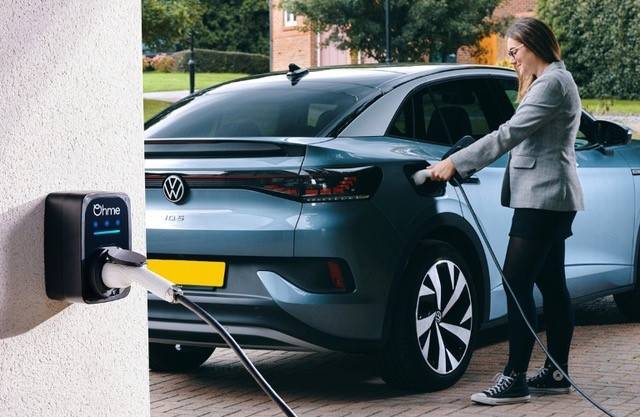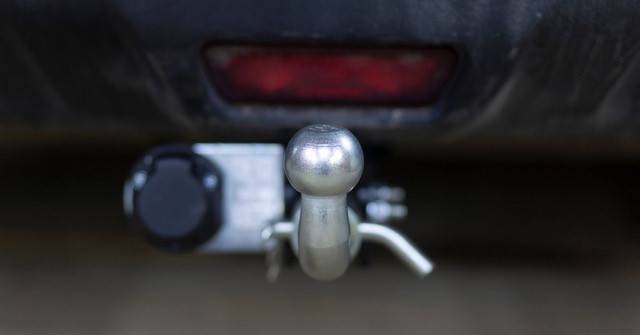Driving with Cerebral Palsy
The freedom and independence that comes with driving can be a life-changing experience for everyone, including individuals with cerebral palsy. The condition may present unique challenges when it comes to driving, but it is certainly not an insurmountable hurdle.
Assessments and training
The first and most important step for those considering driving with cerebral palsy is to have a driving assessment.
The aim of this assessment is to evaluate the individual’s cognitive, physical and perceptual skills. This is performed by professional driving assessment centres across the UK, which are equipped with specialist knowledge and resources.
It’s important to understand that the focus of the assessment is not on the person’s cerebral palsy per se, but rather on their individual capabilities and how these translate into driving skills.
Driving assessment centres also offer training tailored to the individual’s needs. This could include familiarisation with driving aids or receiving coaching to compensate for any challenges brought about by cerebral palsy. For example, techniques can be taught to help individuals with muscle spasticity or lack of fine motor control.
Vehicle adaptations
The world of vehicle adaptations has opened up many possibilities for individuals with cerebral palsy. From steering wheel adaptations for those with limited hand mobility, to left-foot accelerator pedals for those who may find it challenging to operate the standard right-foot accelerator, there are many options available when it comes to car adaptations for cerebral palsy.
Wheelchair accessible vehicles are also an option, and they can be customised to allow the individual to drive from their wheelchair, removing the need for transfers. Digital driving systems can also be of great help, which use light touch or joystick controls rather than traditional pedals and steering wheels.
It’s crucial to remember that any adaptations must be noted on your insurance policy, and also be reflected in the type of driving licence category you hold.
Funding and grants
Funding for assessments, lessons, vehicle adaptations and purchasing a modified vehicle can be a significant concern for many. However, there are avenues of financial assistance available in the UK. The Motability Scheme is an excellent resource for individuals with disabilities, offering financial aid towards leasing a new car, scooter or powered wheelchair. Additionally, Disability Living Allowance and Personal Independence Payment recipients might be eligible for the scheme.
Legal obligations
Driving with cerebral palsy in the UK is governed by certain laws and regulations. The DVLA (DVA in Northern Ireland) should be notified of the condition, and it’s essential to ensure your driving licence reflects any modifications or adaptations to your vehicle. Furthermore, any changes to the condition that might affect driving ability should be reported to the DVLA or DVA.
Conclusion
Driving with cerebral palsy involves careful planning, assessment, training and the use of adaptive technologies. But, with the right support and resources, the journey can be just as fulfilling and liberating as it is for any other driver.
It’s essential to remember that everyone’s experience with cerebral palsy is unique, so what works for one person may not work for another. However, with the advancements in car adaptations and driving aids and the support available, driving is an increasingly accessible goal for many individuals living with cerebral palsy.
More like this

Accessible travel
Motability EV Charger Explained: Hassle-Free Charging for Your Electric Vehicle
With more Motability customers choosing electric cars than ever before, one of the first questions many people ask is: how will I charge it? The good…

Lifestyle
Staycation Ready: Travel, Tow & Explore With Your Motability Car
Many people don’t realise that you can tow your Motability car, provided you have permission from Motability first. Read our guide for everything you need to…

Lifestyle
Disability Pride Month 2025
July is Disability Pride Month which offers the opportunity to highlight and celebrate the disability community and their pride. Discover the Disability Pride Month origin, discover…